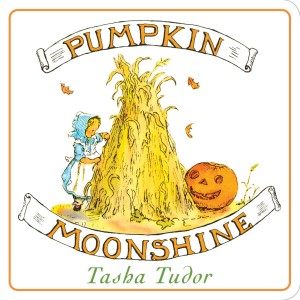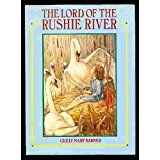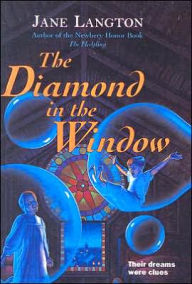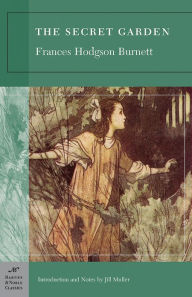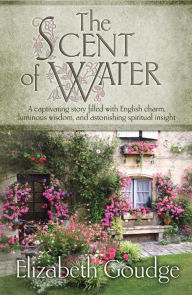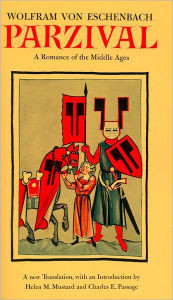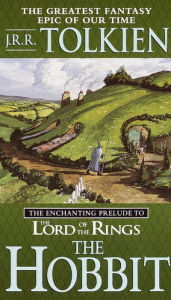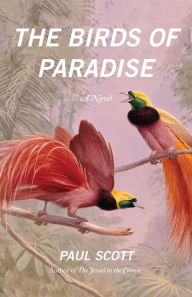With little ones in the house several days a week, I’ve been reading lots of picture books. This one is a favorite just now, as we enjoy all the pumpkins on porches while we walk around the neighborhood.
Sylvie—who appears to be around four years old—is visiting her grandparents in Connecticut and wants to make a Pumpkin Moonshine. She and the dog Wiggy climb up the hill to the cornfield where she chooses the largest pumpkin, one that is half as tall as she is. She can’t lift it, so she rolls it in front of her, like a snowball in winter.
When they reach the edge of the field it gets away from her and caroms down the hill, starting the livestock (cue various animal sounds) and knocks over the hired man, making him spill a can of whitewash over a startled cat (the 20-month-old’s favorite page) before bumping into the house. Sylvie and her grandfather go on to make a Pumpkin Moonshine from it.
I’d never before heard this term for a Jack-o’-Lantern, but it is certainly descriptive. I don’t know whether the author knew it was also a term for a homemade alcoholic beverage made from pumpkin, sugar, yeast and water. The book was first published in 1938 and Sylvie puts on a bonnet to go to the field, so the time period is well established.
Writing a picture book is said to be one of the hardest writing tasks there is, and nothing chills the heart of an agent like hearing that their popular author of adult books wants to write a picture book. Of course, you have to consider what words and ideas are appropriate for your young audience, but the biggest problem is that you have very little real estate in which to tell the story. Every word needs to be essential, even more than in poetry.
If you are the artist, too, like Tasha Tudor, you do have the advantage of knowing what information will be conveyed in the pictures. Tudor has been my favorite artist of children’s books since, well, since I was a child. I’ve collected a shelf-full of books with her illustrations. While some might view them as sentimental or outdated—more kindly characterised as nostalgic—I found and find them full of magic, probably because she illustrated my copy of The Secret Garden, one of my favorite books of all time and a formative one from my early years.
She lived in New Hampshire and then in Vermont. Somehow I always sensed the air of New England in her work. Pumpkin Moonshine was Tudor’s first book. She went on to write and illustrate many others and illustrate still more, gathering awards along the way.
The children love the idea of going out and choosing their own pumpkin. The terror of losing control of it on the hill is manageable for them. Add in animal noises and the face on the startled cat and you have an exciting (but not too exciting) adventure for young children, ending with the somewhat subversive comfort of Sylvie and her grandfather hiding in the bushes hoping to see the surprise and fear of passersby when they see the Pumpkin Moonshine on the fencepost. My munchkins enjoy even more the description of the process of making the scary thing and of Sylvie planting its seeds the following year.
Who is your favorite picture book author or illustrator?
